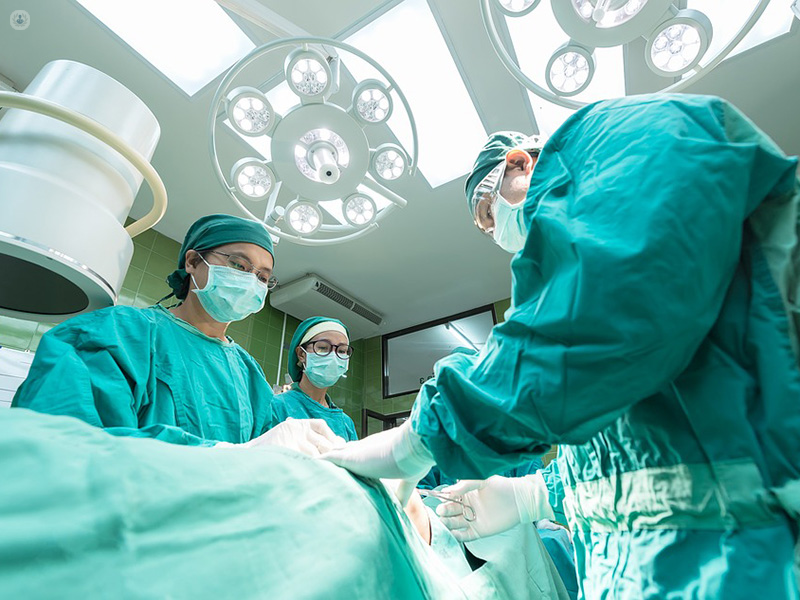Come viene eseguita la chirurgia del midollo osseo?
Autore:Gallstones do not cause problems in the large majority of people who have them, and they very rarely give any symptoms. However, in some people gallstones can be painful, and related complications can develop. In these cases, and when symptoms produce, surgery is usually recommended to have them removed. Mr Satya Bhattacharya, specialist in the treatment of gallstones, explains more about the procedure.

If you have gallstones that are causing trouble, there is no medical therapy that will really dissolve those stones for you. Treatments such as blasting the stones with shockwave lithotripsy or soundwaves don't really work because the sand which is left behind after the stone is broken up will clog the bile tube. Surgically removing only the stones but leaving the gallbladder again does not make sense from a medical point of view, because the stones will simply form again.
What is the best way to remove gallstones?
The only practical solution is to remove the gallbladder surgically. This operation is called laparascopic cholecystectomy, which means undergoing keyhole surgery to remove the gallbladder. This procedure is always done under a general anaesthetic and involves three or four little cuts to the abdomen, and the gallbladder is then removed with a minimally invasive approach.
Very occasionally, the surgeon might have to do an open operation where they make a longer cut underneath the ribs on the right side to remove the gallbladder. The surgical procedure on the inside of the body is the same, but it leaves a bigger flesh wound so the recovery period is longer.
How long do I have to be in hospital for?
The operation is done as a day case in most instances. You might go home the same evening or the following morning after the keyhole operation. The recovery takes a variable period of time in different people but most patients who are at desk jobs are back at work within one to two weeks. If you have a more physical job, it might take a bit longer.
Interestingly, if you don’t have a gallbladder, it doesn't seem to make too much of a difference to your digestive processes. There’s no particular diet or dietary restrictions that you have to follow if you don’t have a gallbladder. You can just eat and drink as normal.
The liver still makes the same amount of bile, which flows into the gut and the gut adapts to that.
Are there any risks to gallbladder surgery?
Concerns regarding this type of surgery are all to do with the immediate aftermath of the operation. As with any surgical procedure, there are risks of bleeding, infection, or inadvertent damage to something else at the time of the operation, but all those risks are exceedingly low. By-and-large, it’s a very safe, standard operation that is done very widely across the country and in many hospitals by many surgeons. The overwhelming majority of patients just get back to a normal life and forget that they ever had a problem with their gallbladder.
Read more about the symptoms and complications gallstones can cause in Mr Bhattacharya's related article.


